In addition to visible sky, I like the colors, the tree silhouettes and the reflections in the automoibles and water in the street.























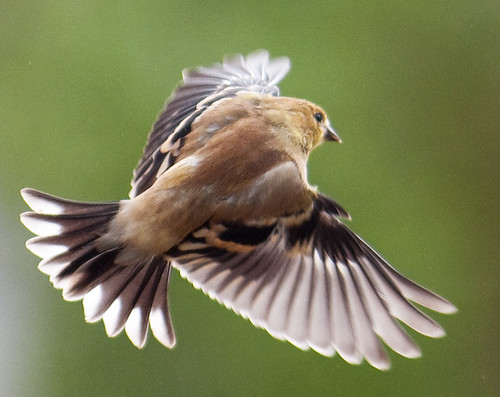

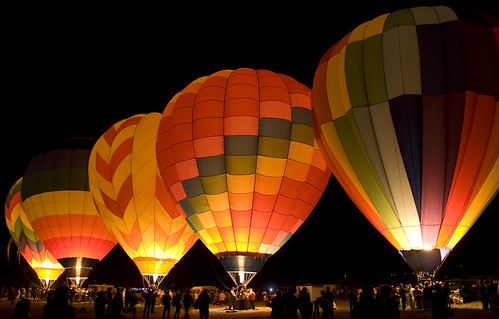
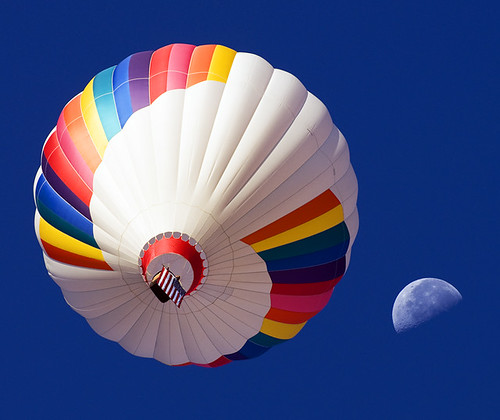
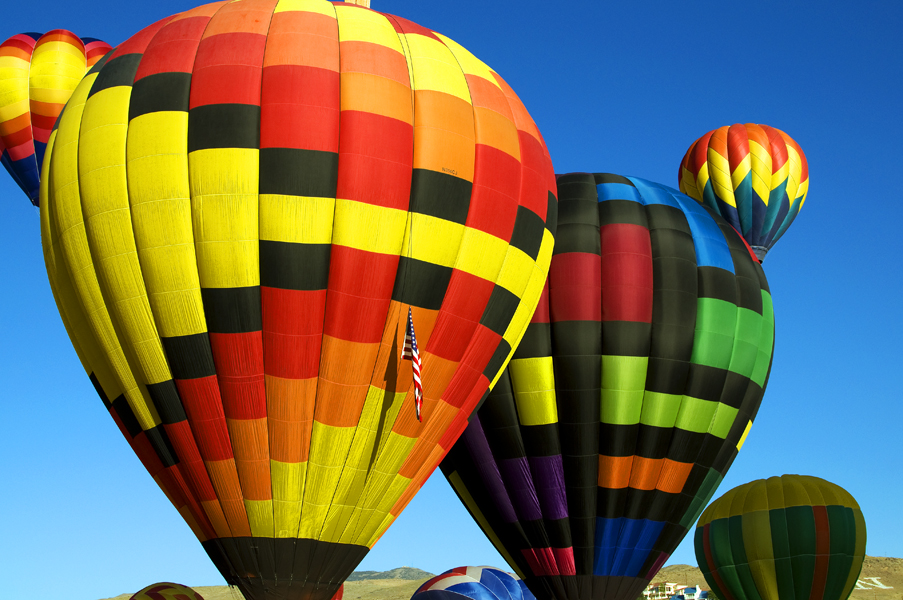

Low-key lighting is a style of lighting for photography, film or television. It attempts to create a chiaroscuro effect. In traditional photographic lighting, three-point lighting uses a key light, a fill light, and a back light for even illumination. Low-key lighting requires only one key light, optionally controlled with a fill light or a simple reflector.
Low key light accentuates the contours of an object by throwing areas into shade while a fill light or reflector may illuminate the shadow areas to control contrast. The relative strength of key-to-fill, known as the lighting ratio, can be measured using a light meter. Low key lighting has a higher lighting ratio, e.g. 8:1, than high key lighting, which can approach 1:1.
The term "low key" is used in cinematography to refer to any scene with a high lighting ratio, especially if there is a predominance of shadowy areas. It tends to heighten the sense of alienation felt by the viewer, hence is commonly used in film noir and horror genres.
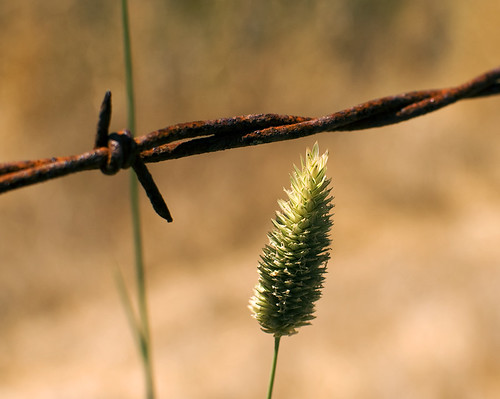



Jeff Renner
What's a minus tide?
A minus tide, also sometimes called a negative tide, is an unusually low tide. Tide 'heights' are referenced to a base level set as zero. This level, called the 'datum', is the same level used to reference water depths on NOAA navigational charts.
Usually, low tides still remain a bit above zero, often a foot or two above. But the swing from high tide to low tide levels is greatest when the sun and moon are either on exact opposite sides of the earth, or especially when they're on the same side of the earth. This corresponds to a full or a 'new' moon. The gravitational 'tug' by both the sun and moon pull water toward them. As the earth rotates under the oceans, high tides occur when that part of the earth is facing either the moon or sun (or both). Low tides occur about six hours later, when the earth has turned ninety degrees away from either of those 'bulges' of water.

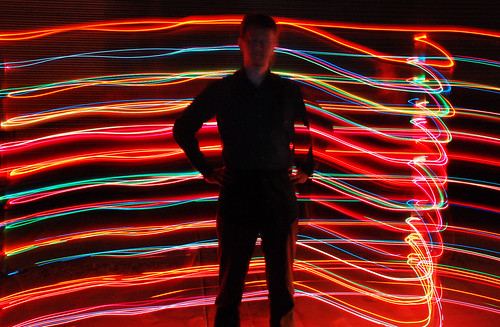
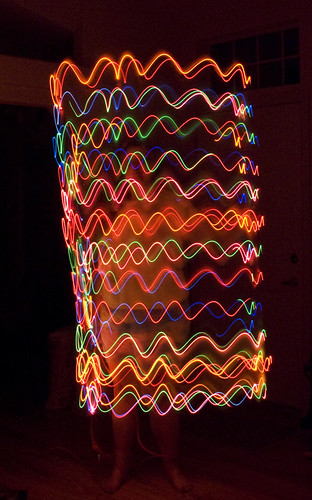



"The San Francisco Bay Bird Observatory is dedicated to the conservation of birds and their habitats through science and outreach, and to contributing to informed resource management decisions in the San Francisco Bay Area."Prizes include bird photography workshops with Oliver Klinkworth or Bruce Finacchio and gift certificates from Borrowlenses.


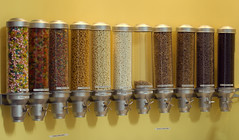


- Pay attention to what is in the frame. This takes practice when time is limited. You are trying to quickly get as many shots from as many angles as you can. Taking time to analyze the background will save you time in post. We settled on a location with cool looking doors but there were also many windows around. Reviewing the pictures, I find the windows fairly busy with distractions reflected in the glass, such as cars, picnic tables, the back of the model's heads and worst of all, the flash setup. I might be able to remove that rodent trap in Photoshop but glass panes are not so easy to reconstruct. Pay attention and avoid unwanted objects when you shoot. Shooting tighter can help or move to sharper angles but if it is not working, say so, take charge and move to another location. It is also important for you to pay attention to the models. They cannot see themselves as well as you can. Is their clothing or their hair out of place? Are the props blocking anything important? Pay attention to these things, move items and comment when needed. I personally do not touch the models.
- Flash needs to recharge. Of course the flash needs to recharge. I knew that. And the higher power you shoot, the longer the recharge time. This is a timing issue that takes practice and experience. The flash did not fire for some of my best shots. Bright sun and bracketed settings did save the day for some.
Conclusion - Look at everything I learned. This was a successful shoot for me and most importantly, I hope the quartet like the pictures. It is really for and about the client. Just make sure what you can provide is fully understood by all concerned ahead of time. Then go a have fun!
The InStep Quartet is a professional, high quality and multi-genre San Francisco bay area based string quartet. Read more about them on their web site.


Let me first say that I shoot live musicians whenever and wherever I have the opportunity. And I play jazz myself, so I have some experience at the challenge of getting good angles. But a scheduled photo shoot requires a more deliberate approach. This post will document my thought process and lessons learned.
To prepare, I spent the time required to thoroughly watch the Zack Arias DVD, One Light Workshop. Keeping the instructional simple by using only one flash unit for all examples, Zack clearly demonstrates how to master the light in any setting using manual control over shutter speed, aperture, ISO and flash power. If you are confused at all about flash photography, I highly recommend this 4 hour DVD set. Check out a short trailer from the video and a review by photo blogger David Cross on Zack's web site for much more detail: http://www.onelightworkshop.com/page5/page5.html
Next, understanding how the client will use the pictures and what type of setting they desire will help determine the equipment you will need. The clients chose the defunct Alameda Navy base as a backdrop with all it's industrial and decaying atmosphere. I thought it best to shoot in the shade wherever possible to minimize stark shadows and squinting and decided on a simple Nikon SB 900 speed flash, a reflective umbrella, a light stand and a pair of pocket wizards for remote control might help even out the light and be easy to deal with. A larger flash and a larger light box would have provided a better light source for a 4 person shoot but since I do not own this equipment and need to rent it, I considered the following in my choice:
- we had a short 2.5 hours, beginning to end for the shoot, including location scouting, discussion, and picture review
- I do not have an assistant and so wanted to keep the rig as portable as possible
- I wanted to keep the price down
- I am considering buying these items and wanted to test their limits in the field
The InStep Quartet is a professional, high quality and multi-genre San Francisco bay area based string quartet. Read more about them on their web site.
Next - Part 2: Renting and Testing the Flash Rig
